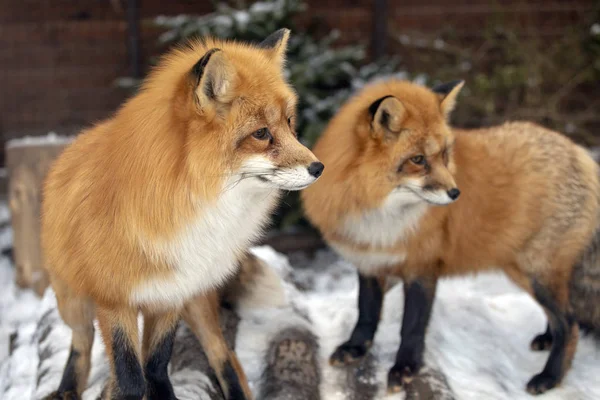


During the late Miocene, around 10 mya, something important happened: the third, and for our purposes most important, canid radiation began. and is thought to stem from the now extinct small fox-like Leptocyon, which lived in North America. The caniforms subsequently diverged into three lineages (which we call subfamilies): the Hesperocyoninae (‘western dogs’) the Borophaginae (‘bone-crushing dogs’) and the only one still around, the Caninae, which includes the dogs, wolves, foxes, etc. Artist impression of the small, slender-jawed fox-like canid Leptocyon, believed to be the ancestor of modern canids. Briefly, the creature that taxonomists currently think gave rise to modern-day dogs was a medium-sized (about the size of a coyote) grassland predator of North America called Prohesperocyon wilsoni that appeared during the late Eocene, some 36 mya. Readers interested in a more detailed appraisal of dog evolution are directed to Xiaoming Wang and Richard Tedford’s authoritative account in their 2008 book Dogs: Their Fossil Relatives and Evolutionary History and I recommend the reader visits Wikipedia and The Searching Wolf. The evolutionary history of the dog family is still not completely resolved (and may never be, as new fossil finds and advancing molecular techniques offer new insights), but the following is a generally accepted hypothesis. fit in: they’re all dog-like carnivorans. If, at this point, you’re wondering where mammals like mustelids, seals, bears, etc. At some point-by current thinking, around 42 million years ago (mya), during the mid-Eocene-it appears that the carnivorans split into the two groups, or suborders, that we recognise as cat-like ( Feliformia) and dog-like ( Caniformia). Nonetheless, taxonomists (those who study how species are related to each other) currently think that the carnivorans evolved from animals called miacids, which were small tree-living mammals that looked similar to modern-day civets. The evolution of carnivorans appears to have been a gradual process that happened in both North America and Eurasia, making it difficult to infer when it all started. Orban, whose anti-immigration stance boosted support for Fidesz after the 2015 migrant crisis, also said he would pursue another contested issue, a referendum on LGBTQ rights in the run-up to the election.Dogs and cats are Carnivorans, that is, they’re members of the taxonomic order Carnivora (note that this is different to simply being a carnivore, or meat-eater, which is not a taxonomic grouping), which is one of 29 orders within the class Mammalia.

"We will not change it and will not let anyone in." "We will maintain the existing regime, even if the European court ordered us to change it. "The government decided that we will not do anything to change the system of border protection," Orban told a news conference. The court said Budapest had the right to apply its own measures in areas where the EU has yet to take adequate steps for common implementation of EU rules as well as to safeguard its national identity, which Orban took as vindication of his policies. The court had considered a challenge by Orban's government to an EU court finding that Budapest broke EU laws by deporting refugees over the border into Serbia. The 58-year-old premier faces a united opposition as inflation hits at a 14-year-high, the economy is headed for a slowdown, and the budget deficit has surged to record levels due to high pre-election spending.Įarlier this month, Hungary's Constitutional Court avoided ruling on the primacy of European Union law in deciding on a disputed government move against immigration, staving off a deeper crisis after a similar Polish challenge sent shock waves through Europe.


 0 kommentar(er)
0 kommentar(er)
